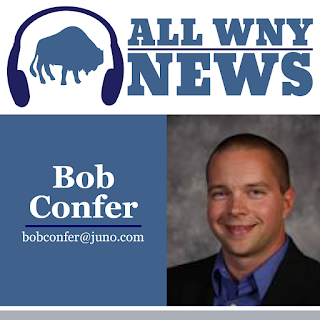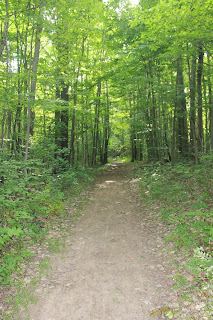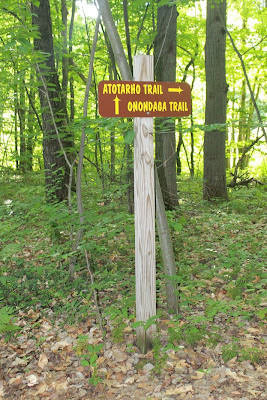If you ever saw the 1957 film “a Face in the
Crowd,” it was probably the only time in your life that you remember hating
Andy Griffith (or at least the character he played).
In that classic piece of cinema Griffith plays
Larry “Lonesome” Rhodes, a hateful, lecherous drifter who somehow manages to
manipulate television and mass media to bring himself fame as sort of likeable
everyman. He uses those tools and skills to help a senator rise in the
presidential polls. Rhodes’ world falls apart once everyone realizes just who
he is after his words about the ignorance of his fans (basically, all of
America) inadvertently leak out during a live broadcast.
The film was groundbreaking for its time because
the television medium was still relatively new yet somehow the film’s writers knew
that mass media would be abused by those who could deliver messages with
charisma and panache that would make the populace believe that the untrue was
reality.
The message of “a Face in the Crowd” remains
relevant to this day. Here it is, almost 60 years later, and we are still
living in a world of lies foretold by that movie.
There are countless Larry Rhodeses out there,
holding office and trying to run our country, projecting an image that is
anything but who they actually are.
People see the lovable version of Rhodes, not the angry, drunken,
disgusting Rhodes that was behind the cameras.
One needs only to have caught a few of the key
speeches at the Republican and Democratic conventions to see that in practice.
Depending on what side of the aisle you are on, you
likely walked away from those thinking that “your guy” or “your gal” ruled the
day.
But think about it, just who really is “your guy”
or “your gal?”
It’s definitely not who you saw at the podium.
Donald Trump’s words about the decline of America
weren’t his. Bill Clinton didn’t write the loving words about his wife.
Michelle Obama didn’t create the speech that some say is an all-time great.
All of those speeches were written -- and rewritten
-- by other people.
It’s obvious. For starters, a man who has made
billions from a nation can’t claim it’s economically impoverished while another
who cheated on a woman countless times can’t say that she’s his only love.
What they had said was disingenuous. It wasn’t
real.
Just who is the real person? Only the speaker and
his or her closest family and friends know that, which is unfortunate given the
enormity of the offices we elect people for.
What you watched was performance art. Every single
speaker, whether it was a senator, a governor, a presidential candidate or a
First-Partner-to-be was an actor or actress delivering lines prepared for them
by professional writers.
I pine for the good old days when real leaders
wrote their own speeches.
Some make the claim that they don’t have time in
this busy day and age.
Really?
Two of our greatest presidents -- Abraham Lincoln
and Teddy Roosevelt -- wrote all of their own speeches. They were far busier
than any President of recent memory – Lincoln was trying to keep the country
from being torn apart while Roosevelt was fighting corruption and reforming how
we see and do things.
They succeeded in saving America and making it
better by speaking from the heart, by sharing their thoughts, and living every
word they said.
People followed them and believed in their causes
because they knew who those men were. They knew they could believe in them.
The best way to know a man or woman is to get to the
heart of their writings, as its shows them at their most introspective, most
emotional, and most intellectual.
But, we’ve been robbed of that connection since the
days of Warren Harding, the first president to employ a speechwriter.
What has Obama really stood for? What are Trump and
Clinton about?
We don’t know, because the polished -- or in the
case of Trump, “interesting” -- image we’ve been fed is there to sell a party
or an idea, not to lead. Their meaningless words come from the hearts and minds
of others, not from themselves.
But, these politicians, as so many others, are so
effective at brainwashing the masses that nearly all voters are incapable of
discerning fact from fiction, the person from the myth when it comes to
political speeches and the projection of the (alleged) persona. We are led to
believe that that which we hear and see is reality, when in truth, it’s a
façade; it’s Hollywood at its finest….there’s little bit of Lonesome Rhodes in
every face in the crowd.






